Archaeology is the study of the past through material remains. One of the goals of archaeology is discovery and description. Discovery and description, however, is only the first step: archaeologists also seek to develop explanations. Understanding the past means that we should try to understand how people lived in the past and why changes occurred. Ultimately, archaeology seeks to understand human behavior. In addition, there is also a concern, some would say an obligation, of communicating archaeological insights to the general public. One way of doing this is through displays at museums and interpretive centers. One of these interpretive centers is found in southern Alberta: the Head-Smashed-In Buffalo Jump Interpretive Centre.
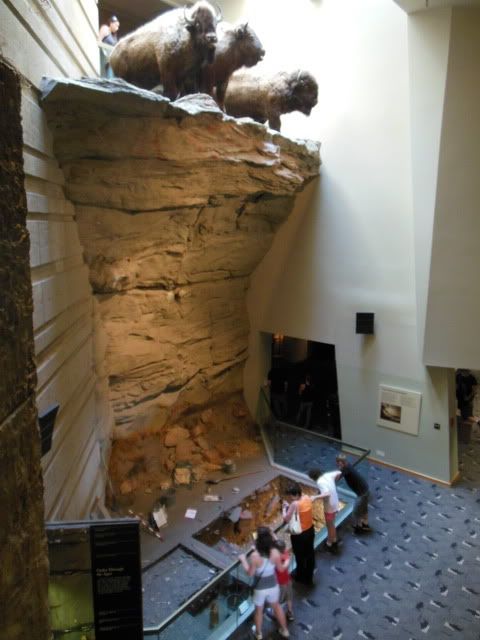
Indian people have lived in southern Alberta for more than 11,000 years. By 6,000 years ago, they were using a sophisticated hunting technique that involved driving buffalo over a cliff at Head-Smashed-In. In 1965 archaeologists began their first dig at this site which led to the establishment of the Interpretive Centre which now explains the archaeological findings. The fifth level of the Interpretive Centre, Uncovering the Past, shows the archaeology behind the displays and explains how archaeologists uncover the past.
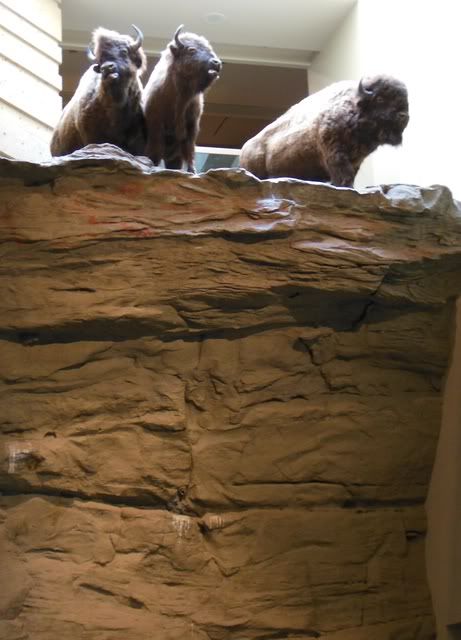
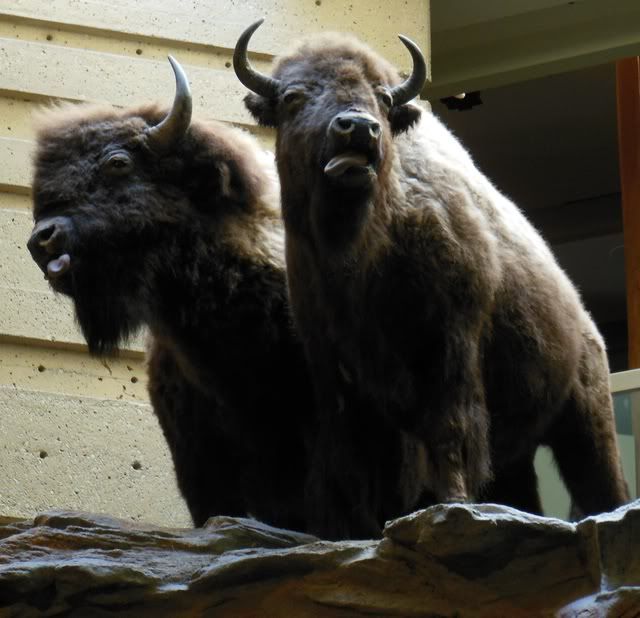
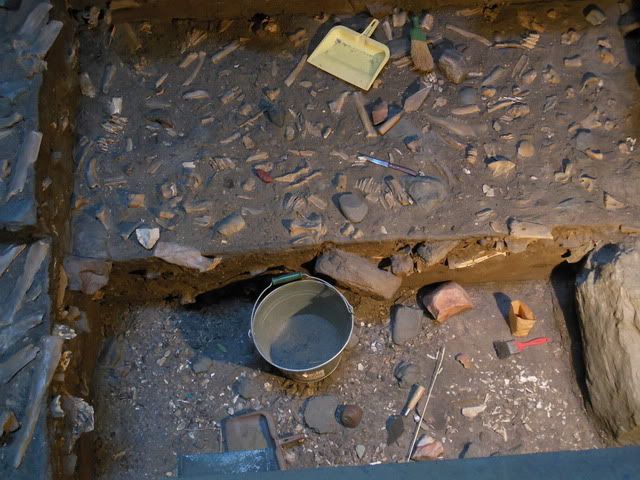
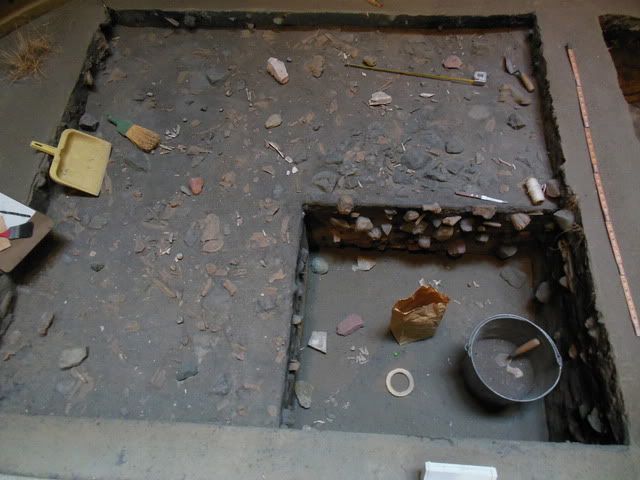
Below the impressive buffalo at the top of the cliff there is a replica of the archaeological dig. The replica is a cast of an actual dig. Digging is often done with a trowel, the dirt placed into the bucket, which is then screened to find small items.

Shown above is the grid used to help record the context of the finds.
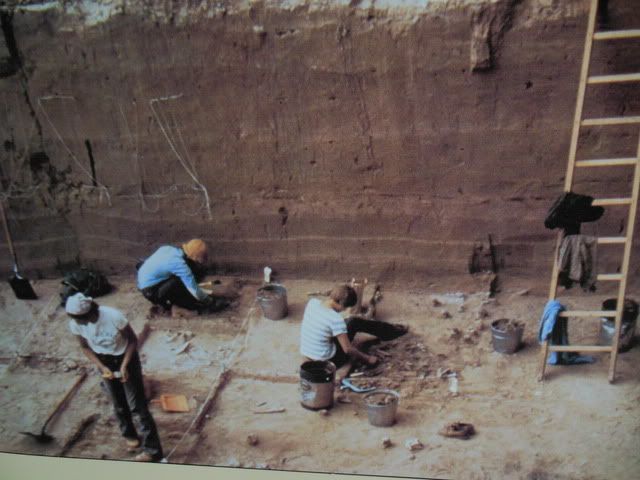
The idea of “dig” in archaeology often means going down many meters. In general, the farther down you go, the farther back in time you go.
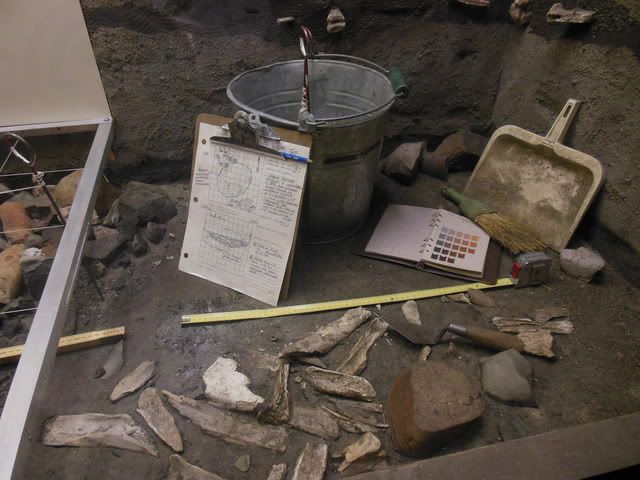
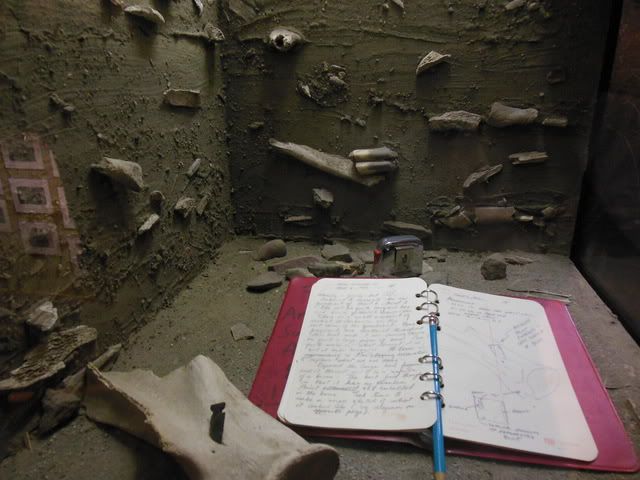
Archaeology is more than just digging up pretty or exotic objects to be displayed in museums: the context of all items is carefully recorded. The photos above shows the notebooks used to record the findings.
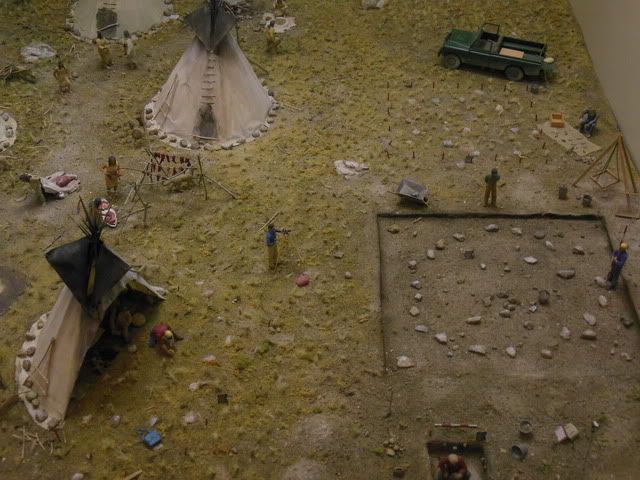
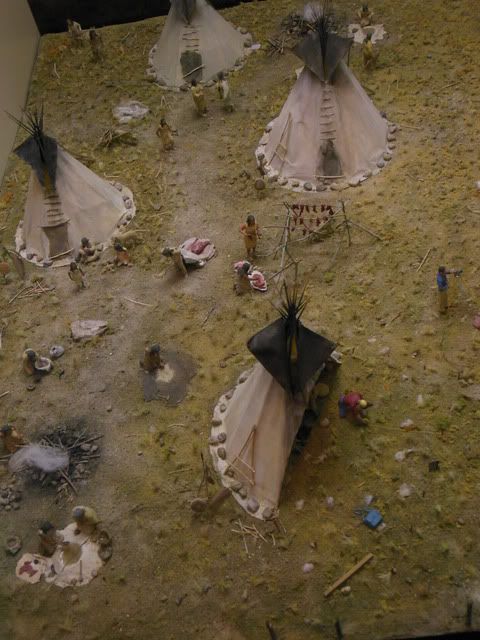

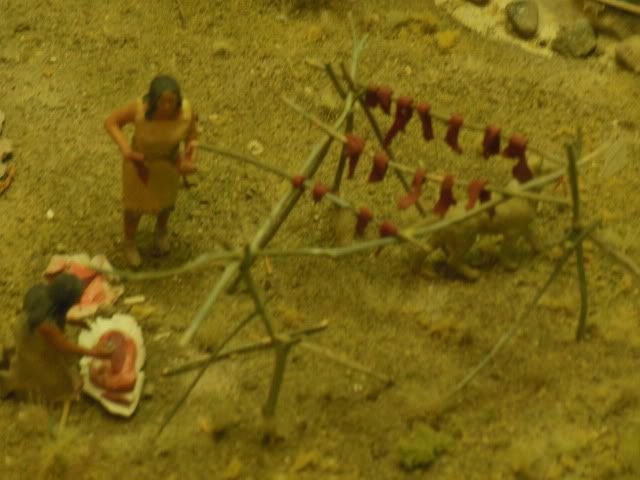
The diorama shown above displays an archaeological dig on the right and the Indian village on the left. This shows what the site was like when it was in use and then what it looks like to the archaeologist. The archaeologists’ job is to use the material remains left at the site to reconstruct what happened there. The amount of detail in this diorama is amazing.
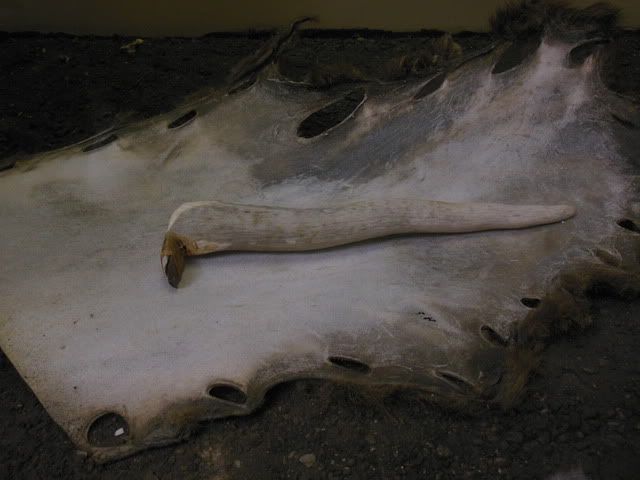
A hide scraping tool is shown above.
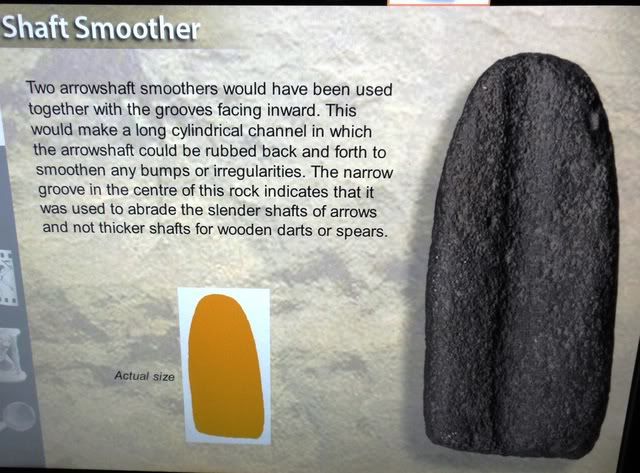
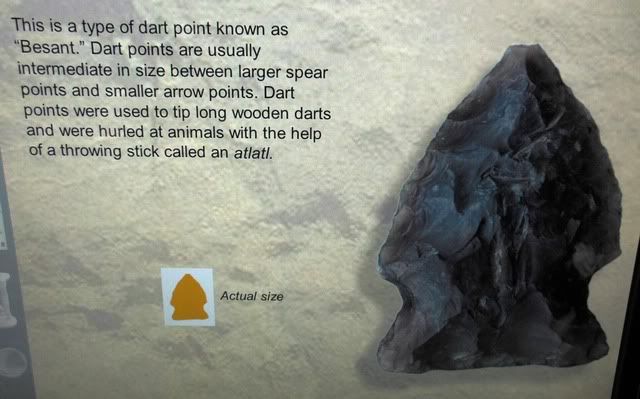

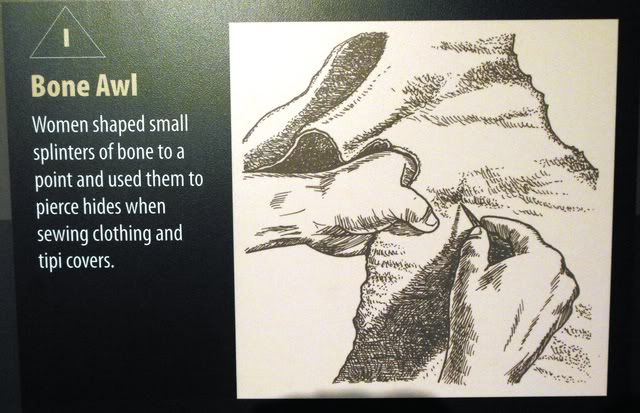
A series of interactive displays (some of which are shown above) explains some of the different artifacts found at Head-Smashed-In. The displays show not only different types of artifacts, but also how they are made and used.
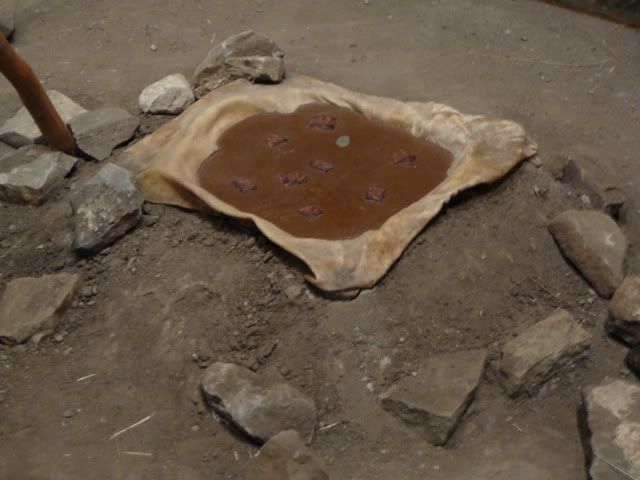
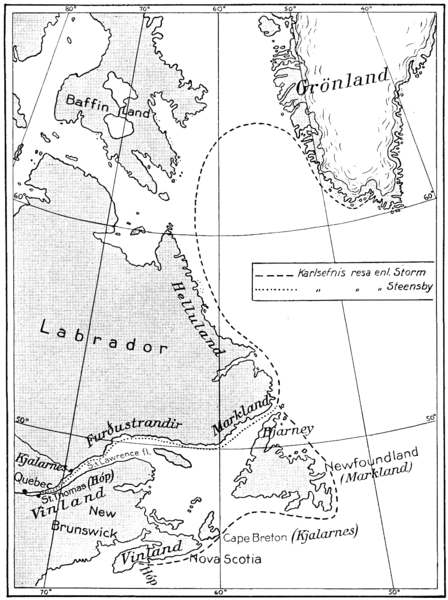
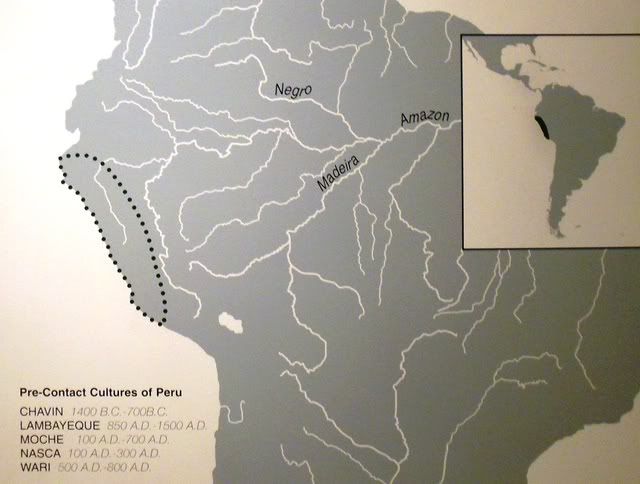
Leave a Reply